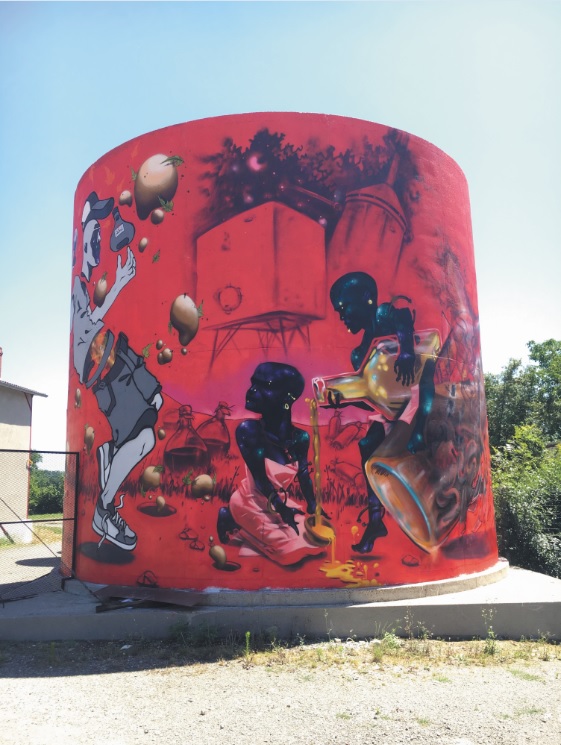
True Craft
The variety of stills or alembics used is worth a feature in itself. There is no given formula for distilling wine, regardless of the scale of production, and the stills often date back more than 100 years. The fact that most producers have been using the same machine for more than a century is hard to believe. In fact, the producers at Tariquet are so passionate about their still that, when they decided to expand production, the company paid €200,000 to have an identical alembic made from scratch to double its capacity without losing individuality.
Then there are the cellarmasters. They talk about their armagnac like they talk about their children. It’s impossible to do a quick tour of a château because of their enthusiasm to educate and emphasise the fact they don’t add any sugar or caramel flavourings – often used by supermarkets as a quick-fix for ageing and cost.
French spirits often come with the vintage-looking wax seal. It would be fair to assume this is actually done by machine but, in the case of Armagnac Delord, every single bottle is sealed by hand. There’s even a signwriter who personalises bottles to order for weddings and other celebratory events. If that isn’t craft then what is?
FRUIT FORWARD
Claire de Montesquiou of Domaine D’es Pérance is one of a growing number of female producers and cellarmasters working within armagnac. She believes that the category must listen to what younger consumers want.
De Montesquiou says: “A new trend which has emerged recently is the growing popularity among younger people in France and the rest of Europe of younger, fruitier armagnacs instead of old, woody ones.”
Some armagnac producers are now beginning to sell far more VS (Very Special) and VSOP (Very Superior Old Pale) styles of armagnac because of the fruitier flavours and more elementary notes which are appealing to young drinkers who are new to the spirit.
Another trend developing in the armagnac category is different styles of finishing. Many cellarmasters have begun experimenting with finishing aged armagnacs in old wine or rum barrels. Château de Pellehaut now finishes its three-year-old armagnac in wine barrels for two or three years to give a rounded and fruity flavour. But, while this is an exciting move for the category, not everyone is on board with such new concepts.
Jérôme Castledine, from Châteaux Bordeneuve et Collections, says: “Armagnac is one of the oldest spirits in the world. It hasn’t changed much since it was first distilled in 1310, so why would we suddenly want to change anything? We’re not interested in changing anything because we feel like tradition has to be at the focus, at the heart of the spirit.”
STREET ARMAGNAC
Youth and armagnac are a lot more relatable than people think. Jérôme Delord from Armagnac Delord even developed the concept of Street Artmagnac when he invited young artists to spray-paint the wine containers like a piece of east London street art. Delord also puts emphasis on the distillation parties every year which traditionally celebrate the distilling season.
